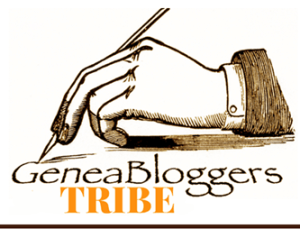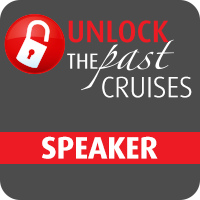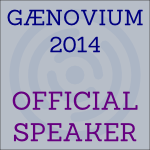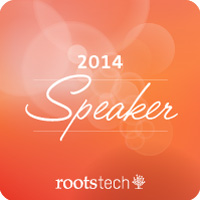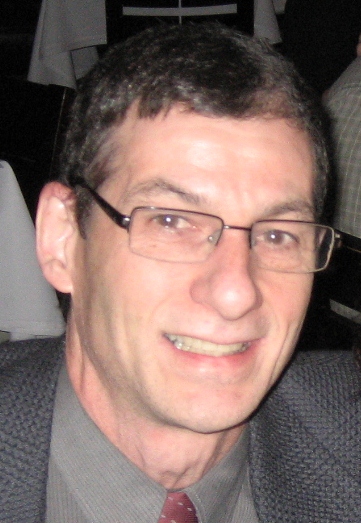Advanced Genetic Genealogy - Sat, 13 Apr 2019
Living in Canada, I had to wring my hands waiting an extra two weeks over my US neighbors for my copy of Advanced Genetic Genealogy: Techniques and Case Studies to arrive.
Packaged for me nicely and safely in bubble wrap, the book itself is physically impressive, larger than your average book: Full letter size 8.5” x 11” (22 x 28 cm), 1 full inch (2.5 cm) thick, and despite being soft cover, weighing in at a hefty 3 pounds. (1.4 kg). Its 382 pages exclude a 4 page table of contents, a six page list of its beautiful full-color figures and tables, a 5 page preface and 2 page acknowledgement by its editor Debbie Parker Wayne, and 7 pages of author biographies.
The names of the chapter writers is a who’s who of genetic genealogy: Bartlett, Bettinger, Hobbs, Johnson, Johnston, Jones, Kennett, Lacopo, Owston, Powell, Russell, Stanbary,Turner and Wayne. If you know who these people are, then you are likely knowledgeable enough in this field to take in their wisdom. It is advanced. This is no beginners course. You’ll have to have experience and the knowledge of working with your DNA to fully grasp what is said.
Let’s see what can be learned.
1. Jim Bartlett talks about Segment Triangulation.
Now you have a choice. You can either spend hundreds of hours like I did delving to understand every detail in his four years of blog posts on his segmentology.org blog, or you can read this chapter. He tells you how he uses Segment Triangulation to create Triangulation Groups to allow him to do Chromosome Mapping.
My favorite line from Jim’s chapter: “You can be confident that virtually all of the segments in a Triangulation Group are IBD. This statement has been contested because it has not been proved or published. However after five years of Triangulating, I have not found any evidence to the contrary.”
p.s. I have been working the past few months to implement chromosome mapping techniques similar to what Jim describes in his chapter into the next version 3.0 of Double Match Triangulator. He gives me some new ideas to wake up to think about at 3 a.m.
2. Blaine Bettinger covers Visual Phasing.
Visual Phasing a technique to map the segments shared by three or more siblings to determine the grandparents that supplied them. This is generally done manually from GEDmatch one-to-one comparisons of the three siblings. I have not personally used Visual Phasing for myself because I’m not fortunate enough to have any sets of three siblings who have DNA tested.
This is one of the advanced techniques that has some tools available to help you, but none that yet do it for you. I’m sure the tools to do VP for you will be one of those innovations that appears in the next few years. I’m not going to be the one to build that tool (because I don’t personally need it), but I am implementing some of the ideas of Visual Phasing into DMT.
3. Kathryn Johnston talks about the X Chromosome.
You just can’t help enjoying any writing that brings up the Fibonacci sequence. Kathryn’s most interesting comment to me and something I never knew is that “Visual phasing began with X comparison and the X is still recommended as a starting point.”
I haven’t spent a lot of time on the X chromosome for my own DNA. It really is a bit of a different beast, and I love the one main property being that the ancestral line an X segment comes from cannot go through a father and his father. That can immediately eliminate false MRCAs.
4. Jim Owston on Y DNA.
Well, I’ve done the Y-111 and Big Y500 at Family Tree DNA to help with the Jewish Levite DNA studies. I’d feel better about and work harder with Y-DNA if my closest match was within my 5 generation genealogical time horizon. Alas, it is not and I can’t even use the common surname idea because my ancestors in Romania and Ukraine only adopted their surnames 5 generations ago. So until something breaks through here, I’ll have to remain an autosomal guy. I envy Jim and anyone who can include their 8 generation lineage charts that run from 1520 to 1831. Sick!
Jim has a good writeup on the benefits of going from Big Y-500 to Big Y-700. I see no personal benefit for my own genealogy to upgrade, but if I’m approached because it will help the Levite study, then I’ll likely do it for them. Technically, the study is finding people related to me, albeit along the lines of Jim’s people who are 10 to 20 generations back, but in my case, unlikely to ever be genealogically connected to me.
5. Melissa Johnson on Unknown Parentage.
Many people do not know who their birth parent or parents are. Melissa describes the various ways to analyze your DNA matches to determine who they might be. She includes Blaine Bettinger’s Shared cM Project tables, X-DNA, Y-DNA, haplogroups, lists various background check websites, and then issues involved in targeted testing when dealing with a birth family.
6. Kimberly Powell on Endogamy.
Ah, endogamy, I know thee well. Kimberly describes all the complications that endogamy brings to the table to make DNA analysis much more challenging. She talks about matches being predicted closer than they are, how “in common with” (ICW) matches can be deceiving, and how clustering systems like the Leeds method do not give clear cut answers.
Kimberly says to check for runs of homozygosity using GEDmatch’s “Are my parents related?” tool. Interestingly for me, with my great amount of endogamy, you’d think my parents would turn out only to related at least at the 3rd or 4th cousin level. But they don’t.
One segment of 8.8 cM and 9.8 generations apart for an endogamous population is not much at all. Despite the endogamy of the general population of both my parents, somehow my paternal and maternal families must have remained mostly separate. My paternal side is from towns now in Romania that are a few hundred kilometers from my maternal side’s towns that are now in Ukraine.
When I check my uncle (my father’s brother), he gets no indication that his parents (my paternal grandparents) are related:
My paternal grandparents are from two towns now in Romania that are about 300 kilometers (200 miles) apart.
Kimberly also brings up the calculation of the coefficient of relationship, and describes how to use triangulated groups, trees, chromosome mapping and cluster analysis to help identify relationships.
7. Debbie Parker Wayne on Combining atDNA and Y-DNA.
Debbie brings up a very detailed case study from her own research to illustrate some of her methodology. Debbie’s two full pages of citations are impressive unto itself, and it shows the professionalism in her amazing research and analysis.
Debbie includes a bit of almost every technique, and her article is the only one in the book to include Ancestry’s DNA Circles.
8. Ann Turner’s on Raw Data.
Ann’s article is about the Raw Data you download from the testing company. She describes the different file structures of each company, explains RSID and SNP selection, why there are no-calls and miscalls, what phasing is and what statistical phasing is. She goes into child phasing, segments, boundaries (“The actual boundaries may be fuzzier”), builds and genetic distance. I’ve always loved the relationship versus cM versus number of segments chart (Figure 8.8) produced originally by 23andMe that Ann describes.
Then Ann goes into SNPs, overlap between the SNPs tested at the various companies, and why this is important at GEDmatch Genesis. She then talks about other tools for raw data, and finishes by mentioning whole genome sequencing (WGS).
9. Karen Stanbury on DNA and the Genealogical Proof Standard (GPS).
You’ll want to read this chapter if you are a professional genealogist who wants to incorporate DNA into the work you do for your clients. The GPS is expected in any professional work done. Karen describes the testing plan, documentation, focus study groups, correlation, the formulation of a hypothesis, testing the hypothesis, and writing the conclusion.
10. Patricia Hobbs, a Case Study.
Patricia basically follows the principles that Karen described in her chapter, and describes the path taken to use documents and DNA evidence to identify an unknown ancestor. This is another one of those papers that you usually see in an advanced genealogical journal, and it definitely shows you what you must attempt to achieve if you want your work to be published. Very impressive, and way beyond what I ever hope to achieve.
11. Thomas Jones on Publishing Your Results.
Dr. Jones is the author of the classic “Mastering Genealogical Proof” and he applies all his knowledge and techniques into this chapter. His conclusion: “When genealogist, geneticist, and genetic genealogists use DNA test results to help establish genealogical conclusions, they are genealogical researcher. When they write about that research, they become scholarly writers. When their written work helps present-day and future researchers and members of the families that they have studied, they have met their research and writing goals.”
12. Judy Russell on Ethics in Genetic Genealogy.
I love Judy. I read every one of her Legal Genealogist blog posts. But arguing about ethics, like politics, is something I prefer to leave to others. Judy is an expert in these matters. If you worried about any ethical matter with respect to a DNA test, get this book and read this chapter.
13. Michael Lacopo on Uncovering Family Secrets.
I was dreadfully afraid to take a DNA test several years ago, simply because I didn’t want to find out that my father wasn’t my father. If you would have looked at pictures of my father and his siblings and me, you would have said I had nothing to worry about. I ended up getting my uncle to take the test and I took it myself and I’m happy to report that he is indeed my full uncle.
Do you have that worry? Well you should. No matter who you are, you are sure to find a few skeletons in the closet. They may not be immediate family, but they will occur among your DNA relatives. The reasons are varied, sometimes covered up deeds, sometimes mistakes (switch at birth), or the result of violent crime (e.g. rape). Michael’s chapter is a wonderful treatise on the psychology behind all this. He talks about identify and self, privacy and outcomes. His chapter and Judy’s chapter work hand in hand.
14. Debbie Kennett on the Future!
They couldn’t have picked a better person to write this chapter. This chapter alone is worth the price of the book. Debbie talks about the promise and limitations of: Y-DNA testing, mtDNA testing, Autosomal DNA testing, Whole Genome Sequencing, ancestral reconstruction, DNA from our ancestors,and the power of big data.
Debbie was nice enough in her chapter of Whole Genome Sequencing to make mention of one of my posts about the VCF file. As a result, I’m proud to have my name is listed in the index of the book on page 354 right after Debbie’s.
Debbie sees the time many years in the future when we will take a DNA test, put our name into a database, and produce an instant, fully sourced family tree, complete with family photographs and composite facial reconstructions. I guess something like this:
Conclusion
If you feel you are ready to plunge into some advanced material to take you to the next level, don’t wait. Get the book now. You don’t have much time to learn this because the field is growing and advancing as we speak. Within a few years, we’ll have a whole new advanced set of tools and ideas that will be developed to help us with our genealogical DNA endeavors. Debbie Parker Wayne’s AGG will be the prerequisite of required knowledge to get to that next level.
Now don’t think for a second that I’ve been able to read and digest everything in this book over the past two days. No, I’ve skimmed and read some parts just to get a feel of it and to write this blog post. It’s going to take me a few months to read it all in detail and take in everything.
Final review score: A++

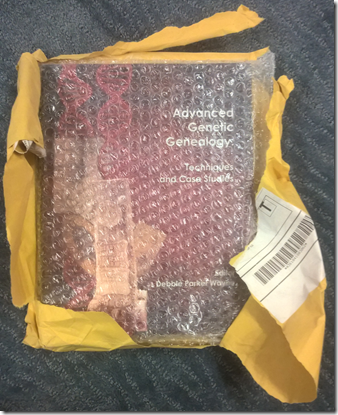


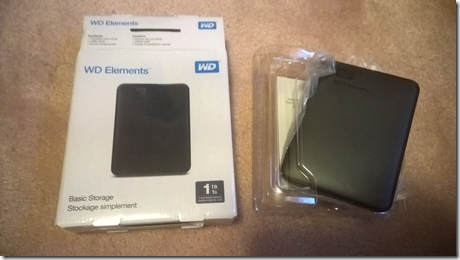

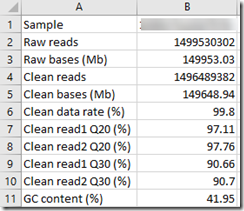
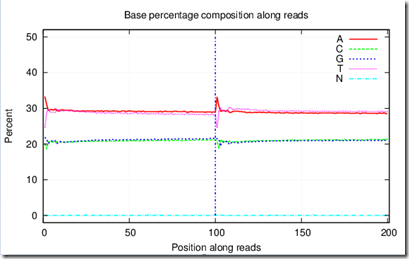
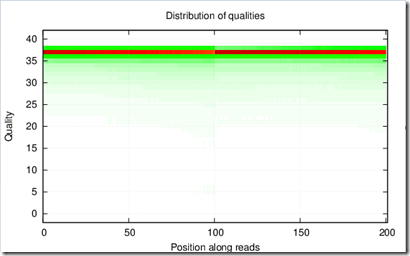
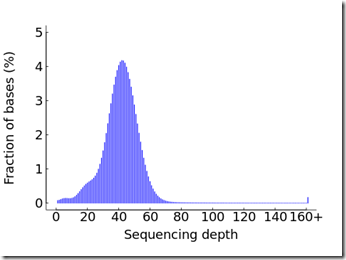
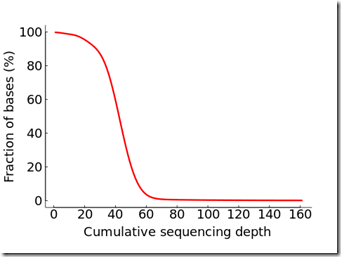
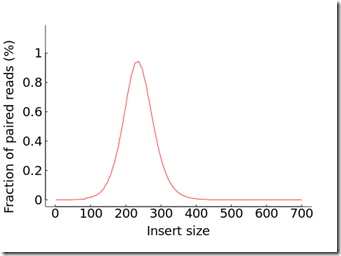
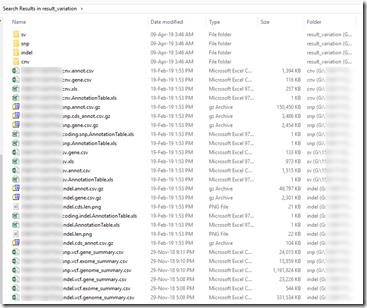
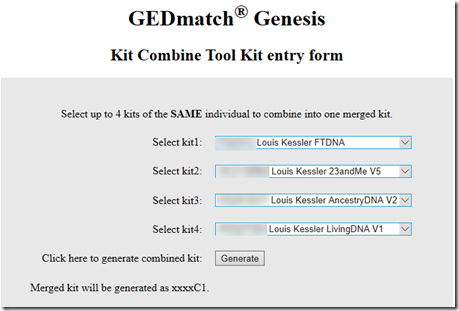
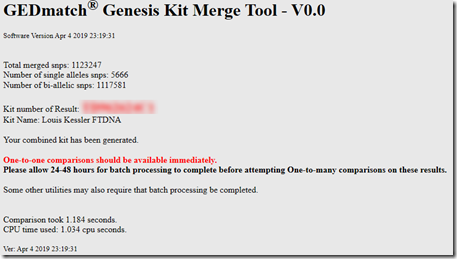
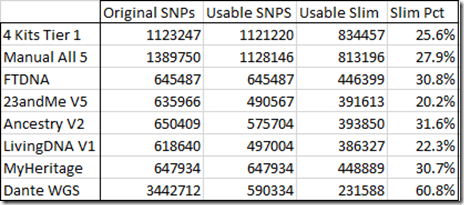

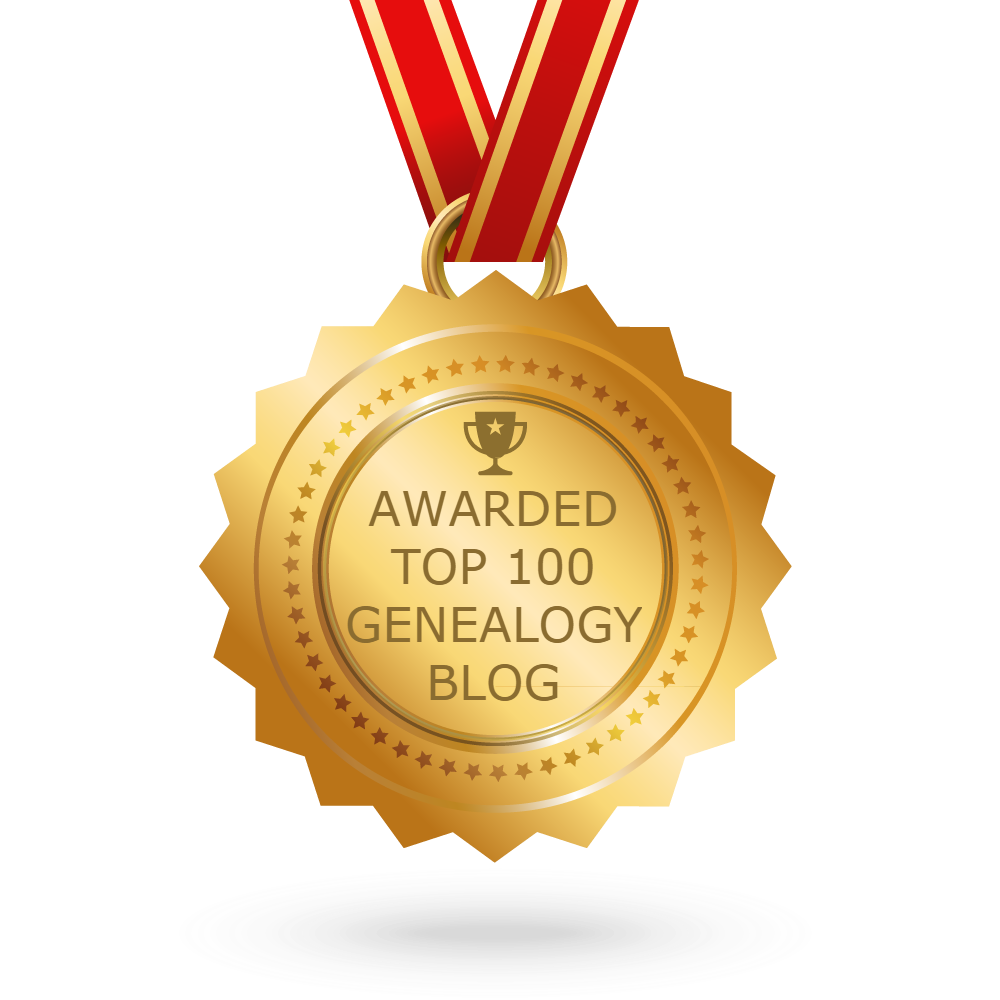 Feedspot 100 Best Genealogy Blogs
Feedspot 100 Best Genealogy Blogs